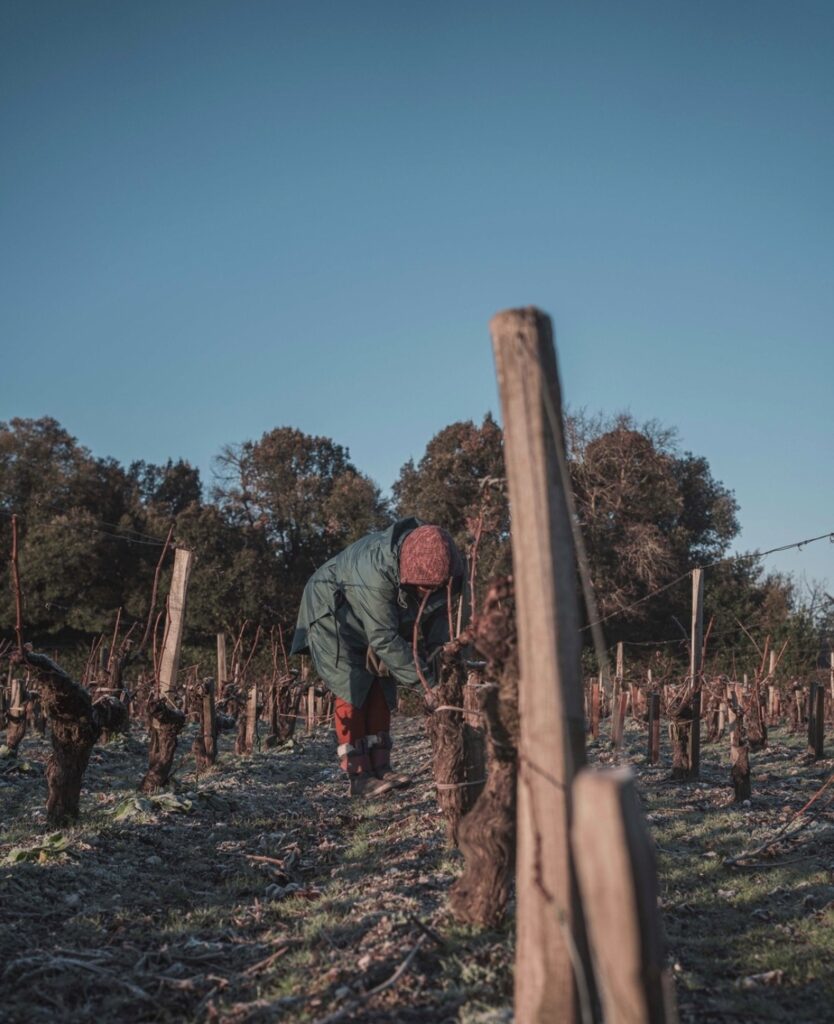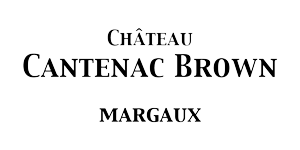After the harvest, we enter the period of vegetative rest of the vine for a period of about 6 months from November to March. If the vineyard falls asleep, the winemaker enters the winter work to maintain the vine and prepare it for the next vintage. What does this work consist of? Cantenac Brown explains you everything.
The different works of the vineyard in winter
Vine pruning
Depending on the region and the severity of the climate, winter pruning is done in February and at the latest before the end of March, once the heavy frosts have passed in cold regions.
This pruning must be completed before the vegetation starts to grow again. The ideal moment is when the sap starts to rise. We can see then that the vine is crying.
The winter pruning focuses on the one year old shoots, those of the previous year. The objective is to encourage the appearance of new shoots to renew the fruit-bearing branches, as the grape clusters are formed on the wood of the year.

Acanage
This practice consists of tying the trunk to a stake or wire to keep the foot straight. A stake allows the trunk to resist the passage of machines during the work of the ground. This practice is not systematic but is used occasionally to protect the feet that need it.
Scutching
After the descent of the wood comes the moment of the scutching, also called the “caraçonnage” in french. These words, absent from the dictionary, are specific to viticulture, and globally mean: “To revise the whole installation used for the trellising”.
First of all we check the anchoring of the row. This is the metal plate aimed at 1 meter deep and firmly connected to the end stake. Then we shake all the stakes to detect the broken ones or those that will not support another campaign. After that, we replace the missing spikes or studs. Then, we have to repair the cut wires (often unfortunate during the pruning), and to re-tension them. Finally, broken posts are replaced, and the plot is cleaned up with the removal of posts and dead plants.


